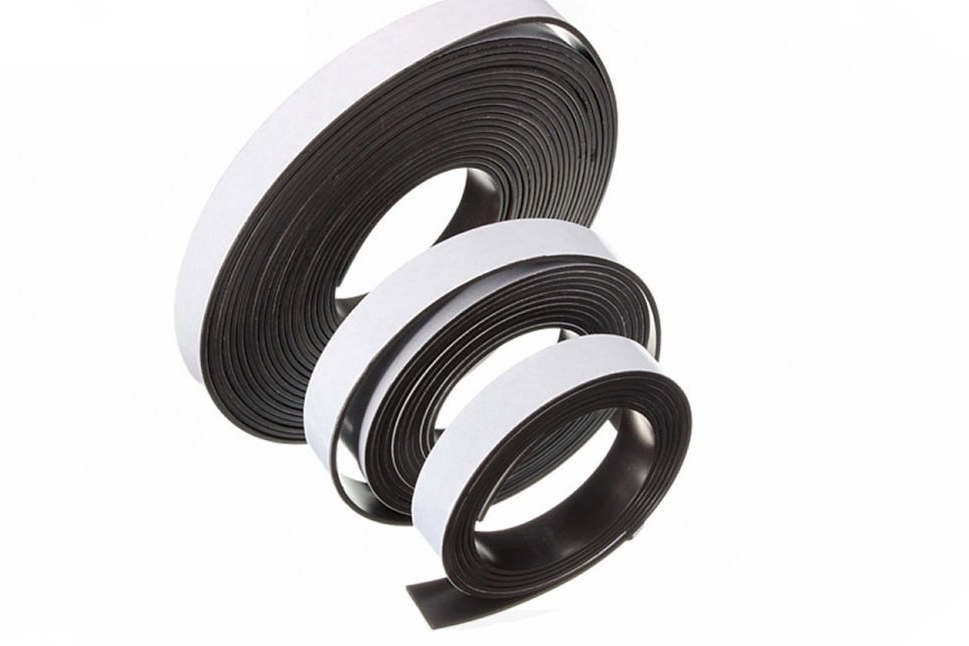Why Are There Magnets in A Motor
Why Are There Magnets in a Motor?
Magnets are a critical component in motors, particularly in the magnet rotor, which plays a key role in converting electrical energy into mechanical energy. Below are the main reasons why the magnet rotor is essential in motors:
1. Generating Magnetic Fields
- The magnet rotor creates a stable and strong magnetic field, enabling the motor to function efficiently without needing external power for magnetization.
2. Enabling Electromagnetic Induction
- The magnet rotor interacts with the stator's magnetic field, producing a force (Lorentz force) that causes rotation, converting electrical energy into mechanical motion.
3. Improving Efficiency
- The magnet rotor, especially when made with rare earth magnets like neodymium, provides high magnetic strength in a compact size, making the motor more efficient and powerful.
4. Simplifying Motor Design
- The magnet rotor eliminates the need for additional windings or external power to generate a magnetic field, reducing complexity and maintenance.
5. Enhancing Torque and Speed Control
- The magnet rotor helps produce high torque at low speeds and enables precise control of motor speed and position, making it ideal for applications like electric vehicles and industrial machinery.
Applications of Magnet Rotors
- Electric Vehicles (EVs): The magnet rotor ensures high efficiency and power in EV motors.
- Wind Turbines: The magnet rotor in generators converts wind energy into electricity.
- Industrial Machinery: The magnet rotor provides precise control and high torque.
- Household Appliances: The magnet rotor is used in washing machines, fans, and refrigerators for efficient operation.
What Are Magnet Rotors?
Magnetic rotor, or permanent magnet rotor is the non-stationary part of a motor. The rotor is the moving part in an electric motor, generator and more. Magnetic rotors are designed with multiple poles. Each pole alternates in polarity (north & south). Opposite poles rotate about a central point or axis (basically, a shaft is located in the middle). This is the principal design for rotors. magnetic rotor with shaft Magnet rotors are primarily used in electric motors, but there are many other interesting uses for this type of magnetic assembly. They are used also in electric generators and wind turbines.

Working Principles of Magnet Rotors
Working in a combination of plastic over-molding, gluing, clamping, potting, and fiber-wrapping, our magnetic rotor has performed the following advantages. Its components included steel or ceramic shaft, steel shaft, steel housing, steel pot, magnet, plastic over-molded, and so on. There are many different ways to achieve the same effect, we will carry out a more cost-effective way to optimize the magnetic circuit or geometry. In this way, usually cost savings of magnet or magnetic properties are further improved by nearly 20%. Most of our permanent magnet productions are custom dimensions or electrical specifications. The continuous improvement of technology allows us to make stators and rotors that are used more efficiently as well as allowing for savings in material and energy.
High-Speed Magnet Rotor
The high-speed magnet rotor is made from sintered neodymium magnet, an energy grade is up to N52.
1. Sintered ND-Fe-B magnets (neodymium magnets) are particularly suitable for high-volume production of a wide variety of shapes and size ranges.
2. Precise dimensional control is achieved in both processed and usually, the component does not require further machining.
3. High remanence, high coercive force, high maximum energy and are easily formed into various sizes and shapes.
4. So they have been widely used in commercially available fields.
5. The majority of NdFeB magnets are anisotropic and can only be magnetized in the orientation direction.
6. Surface treatments are needed and can be done according to customer's requirements to protect magnet. NdFeB magnets offer the highest energy product of any material today and are available in a very wide range of shapes, sizes, and grades.















